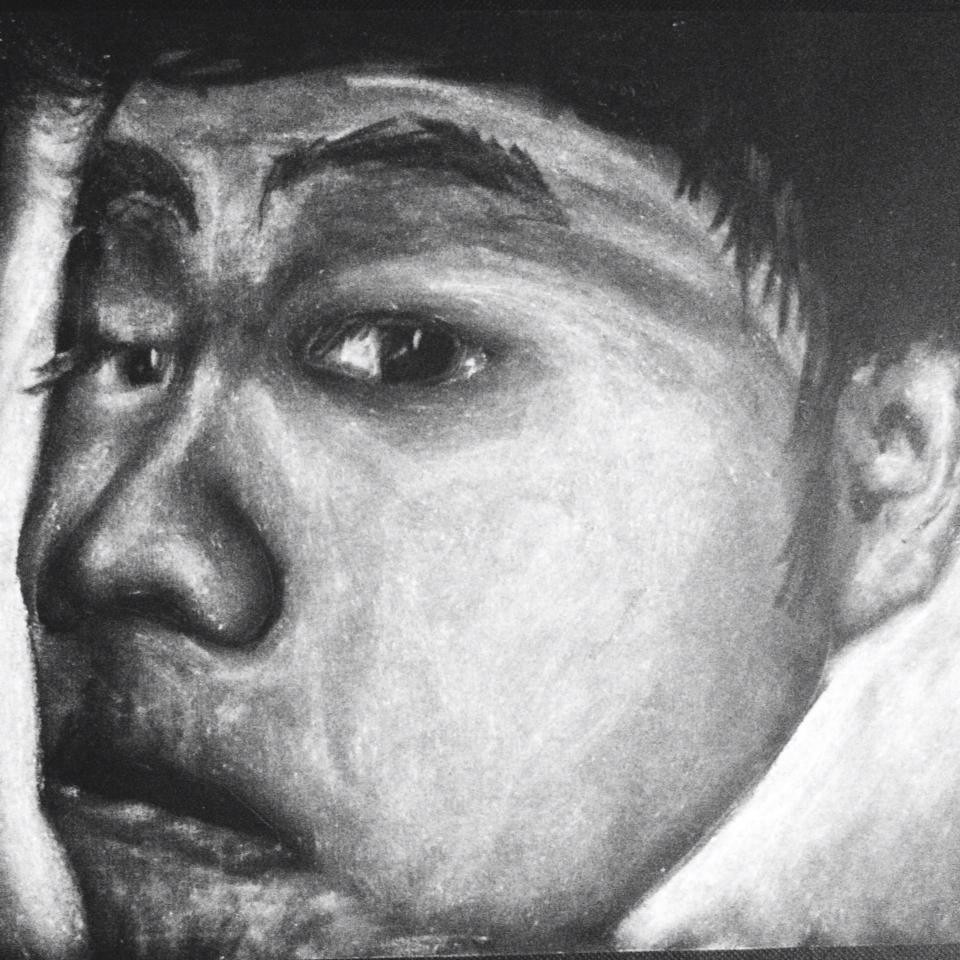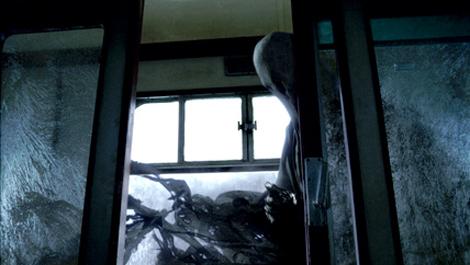In Michelangelo Antonioni’s 1966 film, ‘Blow Up’, the director would have had to consider many key works prior to shooting that scene, such as coordinate the extensive movement and blocking of the actors within the set in conjunction with the camera movement, focus and framing as well as considering what it suggests to the audience. The director also have to work with the cameraman long before the shoot and have full understanding about the shot in order to shoot this complicated scene, to make sure the camera position , angle ,lights and movement are perfectly setup and done.
The actors would have to study their lines , and understand their movement, follow the marks and must have rehearsed a number of times to accomplish such movement and acts in that space.
Overall, as a cameraman , I admire and respect the camera operator in Blow Up, because of his framing and movement, amazing work and understanding and chemistry with the director.
Category Archives: FILM/TV
analysis/ reflection 5 – question 2
Rabiger, M. Directing: film techniques and aesthetics, (p. 385-400). 3rd ed. Boston: Focal Press, 2003.
the primary idea of the article is picking and choosing your own crew , which really interested me and how this apply to myself and others through out the course. Firstly it is very important to make sure the right people are selected for the job and that they have the right credentials and expertise to carry out their responsibilities in a professional manner. The reading said we need to make sure everyone knows what they want to get out of the film, that they all have the same idea and a positive outlook.
it is also important to consider when dealing with your crew on set, and mood is very important during the shoot. Since we have finished shooting, our experience from that day is a crucial example to this reading. At first the mood of the set was perfectly fine, professional, serious , productive but also calm and fun and thanks to that our first scene was finished earlier than what we planned and it went really smooth, everybody was happy. But at the last scene, when people were all tired after 6 hours of working non stop, the mood started to swing into a rush, hot and crazy atmosphere. Producer took over director’s role, First AD and producer didnt agree on things which really slows down the progress of the whole crew and was really not professional. There fore minor but important details were missed, issues occurred after the shoot.
But overall, being and running a film is really challenging, as usual, and we have done it nicely. New things, new experience were learned and we are happy with our product
FILM TV 1 – Analysis & Reflection 4 – QUESTION 8
Question 8: Please insert the link for your Lenny ex2 here. (use insert link tool)
List the things that you learnt from this experience – this could be things that went well or not so well.
Lenny was a great first experience for the group. The most challenging and difficult part was the time constraint. To be able to cover up enough shots for the script in only 20 minutes was really hard, since setting up and getting ready already took nearly 10 minutes. For myself as a cinematographer, setting up was pretty quick and was done very neat . But I have a lot of camera angles in my mind that I could have done for Lenny but it was really time consuming so I couldnt delivered my best. Audio is perfectly recorded by Elaine and my direction . There’s only 1 part with the edit that we needed to improve is the unnecessary scene after the close up scene of Shanon walking to Lenny. Overall, our Lenny went really well and we are happy with our first time working in group.
FILM TV 1 – Analysis & Reflection 4 – QUESTION 7
Question 7: Please outline some points that you took away from the Lighting Lecture. Points that excite you, something that was completely new to you, perplexes you or even one you take issue with.
The Lighting Lecture was a really helpful one for myself as a cameraman . I learnt about different levels of exposure as well as how to adjust the camera in relation to certain types of light,that electrical power and output are very important factors for lighting and different lights require different power source.
I also learnt a new thing called ” Negative Fill” which involves taking lights down, and blocking sunlight using black cloth to reduce the amount of light coming on set
Analysis/Reflection 2 – QUESTION 4
In the tute we screened a short film called Rolling – a film made in Film-TV1 a few years ago.
But overall, Rolling is a perfectly directed short movie that almost every viewer have good first impression watching it.
Analysis/Reflection 2 – QUESTION 2
Select from one of the readings, up to but not including Week 5, and briefly describe two points that you have taken from it. Points that excite you, something that was completely new to you.
Week 3 Reading – Sound Recording
According to Week 3 Reading – Sound Recording, I find 2 sound recording elements/technique that are completely new to me.
Indoor Recording is one hard process , according to the reading. Not only the barren walls and floors can affect the quality of our audio but also other really small things in a room that a microphone can recorded. Having no experience in sound recording, I find the solutions really helpful by hanging blankets on the walls , potion box or soft furnishing to break up the path of the sound waves; keeping the mic cables well away from electrical cables to prevent the picking up of a 50Hz hum from cables.
Microphone placement was another key point that I learned out of Week 3 Reading. Doing a site check and check the type of connection points before shooting is needed. This process struck me , as a director of photography I find this small process really important cause I didnt know such small work decides the good or bad slow flow of the shooting day. And a camera mount is not recommended to place your microphone because it will record the camera person’s voice, breaths and so on.
Analysis/Reflection 2 – QUESTION 1
In the film Clown Train how does sound contribute to the atmosphere of this film? Describe what you heard? Can you make reference to another genre film and how they utilise sound to create tension and a unique filmic space?
The sound plays the most important part in Clown Train, in my opinion, creating the whole intense and horrifying atmosphere of the film. The 30 seconds introduction sound itself helps building up the idea for viewers to start wondering and are really curious and attracted. Along the film, the perfectly recorded and put-in sounds of the flicking lights, the ambiance sound of the train itself, the air-condition, the drums and of course the scary background music contributed a really significant role creating unique tension and building up the 2 characters, the guy and the clown.
Referring to Harry Potter & The Prisoner Of Azkaban (2004) . As Harry is on his way toward Hogwarts, their train got intercepted by grim reaper. As soon as the train got stopped, the atmosphere transforms from a safe and cosy mood into an intense and scary atmosphere as the grim reaper slowly walks on the wooden floor of Harry’s carriage, with “total” silence, the sound of the train, of Harry’s breath and the background music. They are all so pure and perfectly recorded and overlaid, create an amazing tension for viewers.

